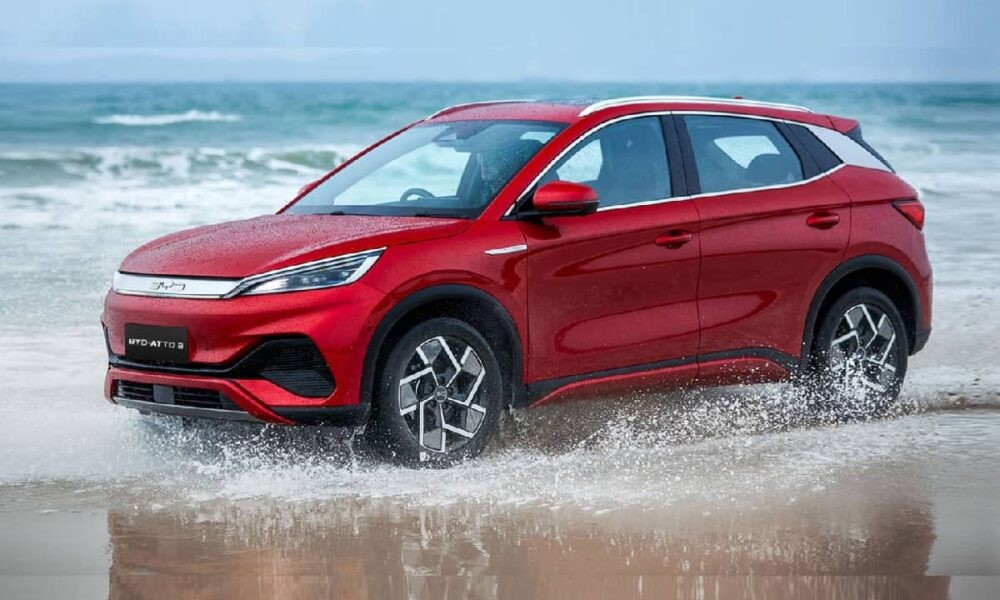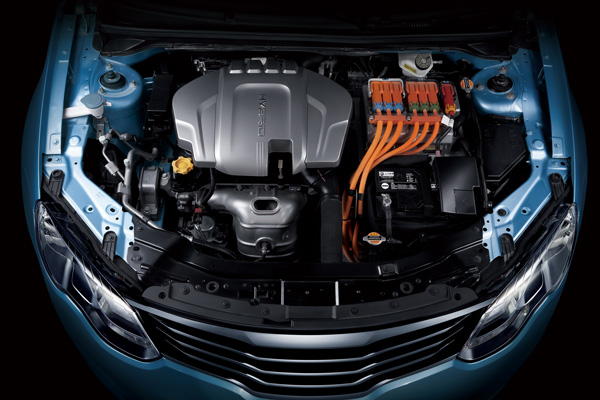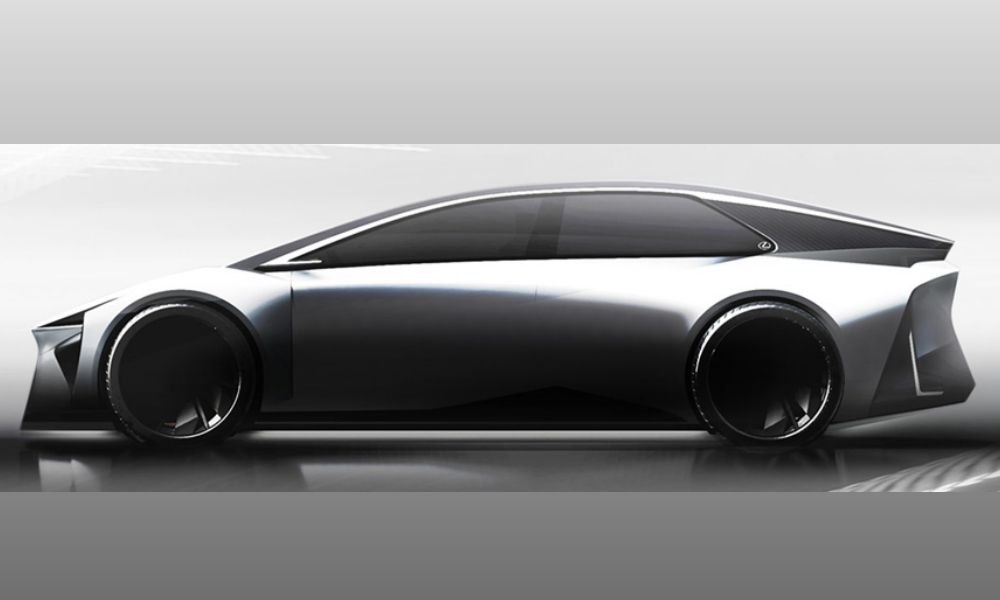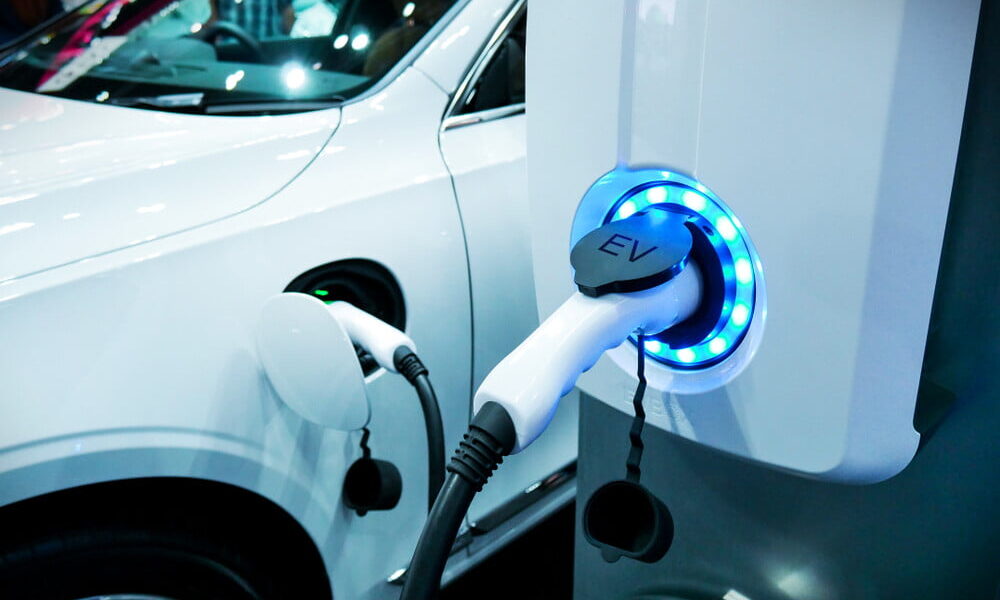Hybrid Energy Solutions for Commercial Vehicles

As the world moves towards a more sustainable future, the need for alternative energy sources in transportation becomes increasingly important. Commercial vehicles, such as trucks and buses, play a significant role in the global economy and are responsible for a significant portion of greenhouse gas emissions. Hybrid energy solutions offer a promising way to reduce emissions and improve fuel efficiency in these vehicles.
What are Hybrid Energy Solutions?

Hybrid energy solutions combine two or more energy sources to power a vehicle. In the case of commercial vehicles, this typically involves the combination of an internal combustion engine (ICE) and an electric motor. The ICE can be powered by conventional fuels such as diesel or gasoline, while the electric motor is powered by a battery or other energy storage system.
By utilizing both an ICE and an electric motor, hybrid commercial vehicles can take advantage of the strengths of each power source. The ICE provides the necessary power for long-distance driving and heavy loads, while the electric motor offers improved fuel efficiency and reduced emissions during low-speed or stop-and-go driving.
Benefits of Hybrid Energy Solutions for Commercial Vehicles

- Reduced Emissions: One of the main advantages of hybrid energy solutions is their ability to significantly reduce emissions. The electric motor produces zero tailpipe emissions, meaning that the vehicle emits fewer pollutants into the atmosphere. This is particularly beneficial in urban areas with high air pollution levels.
- Fuel Efficiency: Hybrid commercial vehicles can achieve improved fuel efficiency compared to their conventional counterparts. The electric motor assists the ICE during acceleration and other demanding tasks, reducing the strain on the engine and resulting in lower fuel consumption.
- Lower Operating Costs: Hybrid energy solutions can lead to lower operating costs for commercial vehicle owners. The reduced fuel consumption results in lower fuel expenses, while the regenerative braking system used in hybrid vehicles helps to extend the life of the brake pads, reducing maintenance costs.
- Increased Range: Hybrid vehicles offer extended range compared to fully electric vehicles. The ICE can provide additional power when needed, allowing commercial vehicles to cover longer distances without the need for frequent recharging.
Implementing Hybrid Energy Solutions
Implementing hybrid energy solutions for commercial vehicles requires careful planning and consideration. The design and integration of the hybrid system should be tailored to the specific needs of the vehicle and its intended use. Factors such as weight, power requirements, and available space need to be taken into account.
Hybridization can be achieved through various approaches, including series hybrids, parallel hybrids, and power-split hybrids. Each configuration offers its own advantages and trade-offs, and the choice depends on factors such as the vehicle’s duty cycle, power demands, and cost considerations.
Furthermore, the adoption of hybrid energy solutions requires the development of supporting infrastructure, such as charging stations and maintenance facilities equipped to handle hybrid vehicles. Public and private partnerships can play a crucial role in promoting the widespread adoption of hybrid commercial vehicles.
Hybrid energy solutions offer a promising path towards reducing emissions and improving fuel efficiency in commercial vehicles. By combining the power of internal combustion engines with electric motors, hybrid commercial vehicles can achieve significant environmental benefits without compromising performance or range. With careful planning and investment in infrastructure, hybrid energy solutions can play a vital role in achieving a more sustainable transportation system.


